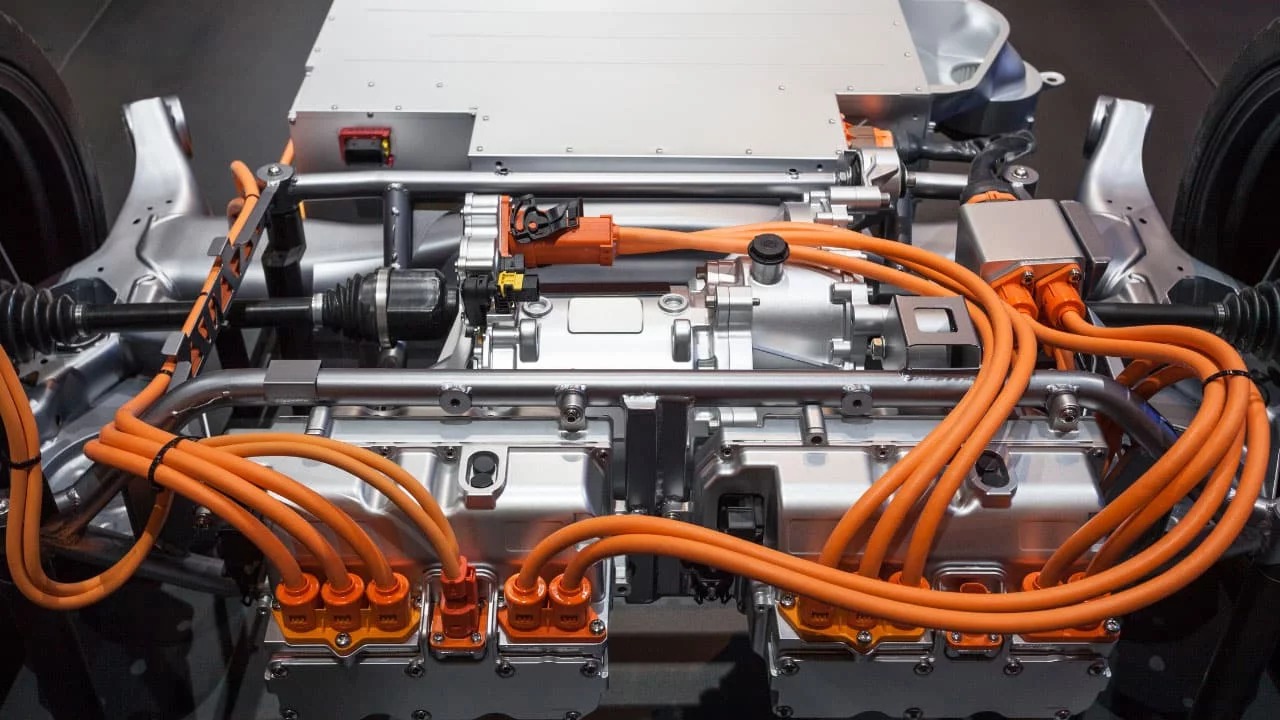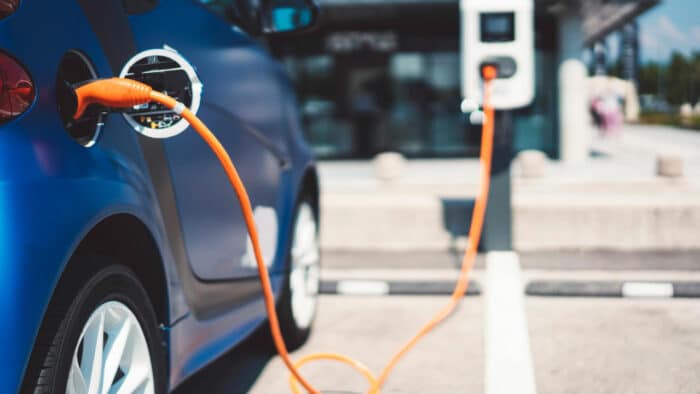What is transmission fluid?
Before we dive into the question of whether electric cars have transmission fluid, let’s first define what transmission fluid is. Transmission fluid is a specialized type of oil that is used in traditional cars to lubricate and cool the various components of the transmission system. The transmission system is responsible for transferring power from the engine to the wheels of the vehicle, and it consists of a series of gears, clutches, and other moving parts that work together to control the speed and torque of the wheels.

What does the transmission fluid do?
This fluid serves several important functions in cars, and one of its primary functions is to lubricate the moving parts of the transmission to prevent wear and tear and generally extend the life of the components. This is especially important because the transmission system can generate a lot of heat as it operates, which can cause the metal parts to expand and contract and eventually wear out. But, with the transmission fluid, these parts can be protected.
Another important function of transmission fluid is to help cool the transmission system. As the fluid circulates through the system, it absorbs heat and carries it away from the moving parts. This helps prevent the transmission from overheating and reduces the risk of damage to the components.
Finally, transmission fluid also helps facilitate smooth shifting of the gears in the transmission. The fluid acts as a hydraulic fluid, helping to transfer the force from the engine to the transmission and allowing the gears to engage and disengage smoothly.
Now, the big question is: do electric cars have transmissions? Since the transmission is found in regular ICE cars, do you think it’ll also be in EVs? Let’s find out now.
READ ALSO: What To Avoid When Buying a Used Car | Guide From an Expert!
Do electric cars have transmissions?
As earlier mentioned, electric cars do have transmissions. However, they aren’t the same as the ones found in regular cars. Electric cars use a single-speed transmission, also known as a direct-drive system. This means that the electric motor is directly connected to the wheels of the car, eliminating the need for a complicated transmission system with multiple gears and moving parts.

This direct-drive system has a number of advantages over traditional transmissions. For one, it is much simpler and more efficient since there are fewer parts to wear out or break down. It also allows for smoother acceleration and deceleration since there is no need to shift gears as the car speeds up or slows down.
Another advantage of the direct drive system is that it allows for regenerative braking, which helps recharge the car’s battery while driving. When the driver applies the brakes, the electric motor is used as a generator to convert the kinetic energy of the moving car back into electrical energy, which is then stored in the car’s battery for later use.
Now that we know there is a significant difference between the transmissions in traditional cars and electric vehicles, do you think the transmission in an EV requires fluid to function properly?
Do electric cars have transmission fluid?
Since electric cars don’t have regular transmissions, there is no direct answer to this question. This is because some manufacturers design their electric vehicles to work perfectly without the need for transmission fluids, while others require the fluid to keep things running smoothly and effectively control speed. Although the electric motor and the gearbox are integrated into a single unit, your electric vehicle may require some fluids once in a while, depending on its type. To determine if your vehicle requires transmission fluid or not, you have to be sure about its type and specifications.
READ ALSO: Volvo Vs Mercedes Benz | Which is Better for Reliability
Most people nowadays opt for used vehicles, and yes, there are used electric vehicles up for sale at dealerships and auctions as well, but you must remember to get every detail on your car before making any payments and sealing a deal with a dealer. One easy way to check your vehicle’s specifications is to decode the EV’s VIN (vehicle identification number). The VIN is a string of letters and numbers that can be used to verify a vehicle’s condition and gain access to hidden records and histories along with accurate vehicle specifications.
With the VIN decoder provided by Vehicles Report, you can get complete access to your electric vehicle’s full specifications. Some of which are:
- Year
- Model
- Trim
- Engine Description
- Country
- Width
- Length
- Height
- Standard seating
- Engine Size
- Transmission style
- Drive type
- Body type
- Fuel type
- Displacement
- Engine model
- Valve train design
- Engine configuration
- Front airbag information
- Tire pressure and monitoring system type
- Seat belt type, and more
Decode your VIN now to find out if your vehicle requires transmission fluid or not. Vehicles Report offers free VIN decoding to customers, and afterwards, it’s recommended to get access to the vehicle’s full history with a VIN check. This way, car buyers can be certain they are making the right choices and buying reliable vehicles.








